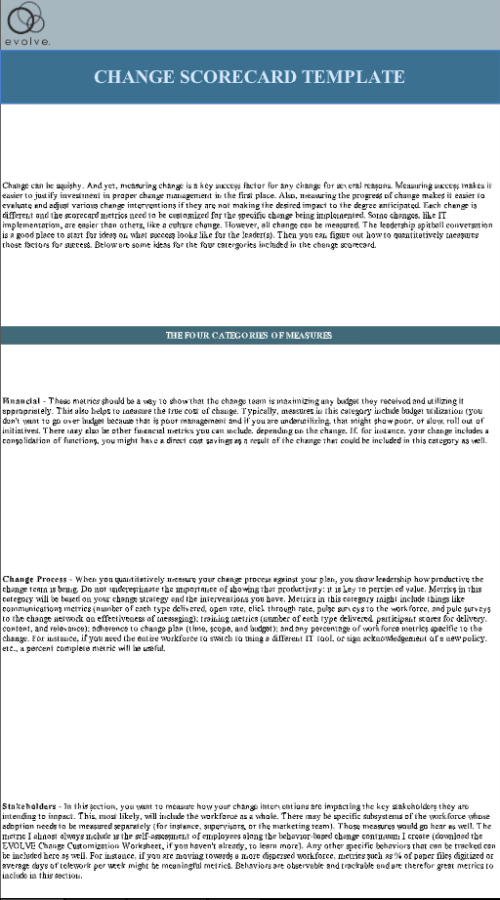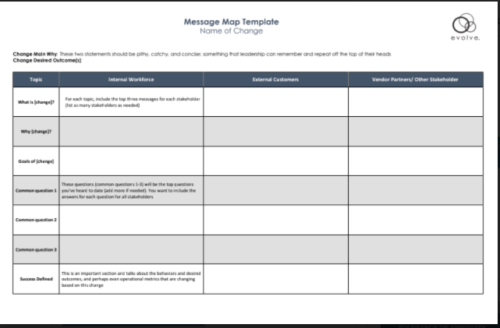-
 A mentoring program, in any form has several benefits. And, those benefits are not just for the one being mentored! There are benefits to the organization and the mentor as well. In fact, I implemented speed mentoring in an organization, in conjunction with their quarterly senior leadership meetings and it was the highlight of the meetings. Every leader from the top on down, enthusiastically signed up to be a mentor in this “speed” format and always enjoyed themselves. But there is more to the benefits of participating than just being fun.
A mentoring program, in any form has several benefits. And, those benefits are not just for the one being mentored! There are benefits to the organization and the mentor as well. In fact, I implemented speed mentoring in an organization, in conjunction with their quarterly senior leadership meetings and it was the highlight of the meetings. Every leader from the top on down, enthusiastically signed up to be a mentor in this “speed” format and always enjoyed themselves. But there is more to the benefits of participating than just being fun. -
 Building good business requirements and a scope of work can sometimes be the most intimidating thing about the process of bringing on external support. But, if you have used the matrix and figured out the big buckets of your change framework so that the needs are clear, its really just a matter of putting your needs down on paper and asking people to show you how they can help.
Building good business requirements and a scope of work can sometimes be the most intimidating thing about the process of bringing on external support. But, if you have used the matrix and figured out the big buckets of your change framework so that the needs are clear, its really just a matter of putting your needs down on paper and asking people to show you how they can help. -
 Building good business requirements and a scope of work can sometimes be the most intimidating thing about the process of bringing on external support. But, if you have used the matrix and figured out the big buckets of your change framework so that the needs are clear, its really just a matter of putting your needs down on paper and asking people to show you how they can help.
Building good business requirements and a scope of work can sometimes be the most intimidating thing about the process of bringing on external support. But, if you have used the matrix and figured out the big buckets of your change framework so that the needs are clear, its really just a matter of putting your needs down on paper and asking people to show you how they can help. -
 Change can be squishy. And yet, measuring change is a key success factor for any change for several reasons. Measuring success makes it easier to justify investment in proper change management in the first place. Also, measuring the progress of change makes it easier to evaluate and adjust various change interventions if they are not making the desired impact to the degree anticipated. Each change is different and the scorecard metrics need to be customized for the specific change being implemented. Some changes, like IT implementation, are easier than others, like a culture change. However, all change can be measured. The leadership spitball conversation is a good place to start for ideas on what success looks like for the leader(s). Then you can figure out how to quantitatively measures those factors for success. Below are some ideas for the four catergories included in the change scorecard.
Change can be squishy. And yet, measuring change is a key success factor for any change for several reasons. Measuring success makes it easier to justify investment in proper change management in the first place. Also, measuring the progress of change makes it easier to evaluate and adjust various change interventions if they are not making the desired impact to the degree anticipated. Each change is different and the scorecard metrics need to be customized for the specific change being implemented. Some changes, like IT implementation, are easier than others, like a culture change. However, all change can be measured. The leadership spitball conversation is a good place to start for ideas on what success looks like for the leader(s). Then you can figure out how to quantitatively measures those factors for success. Below are some ideas for the four catergories included in the change scorecard. -
 As discussed, change is really about getting the workforce as a whole to change their behavior in one or more areas. When looking at levers to pull and metrics to adjust, you need to start with the behaviors you are trying to change. In workshop 2, we went over identifying the current and ideal behaviors associated with the specific change. Pull those behaviors up now. Or, if you didn’t do that, take some time now to think of the key behaviors that need to change for the organizational change to be successful.
As discussed, change is really about getting the workforce as a whole to change their behavior in one or more areas. When looking at levers to pull and metrics to adjust, you need to start with the behaviors you are trying to change. In workshop 2, we went over identifying the current and ideal behaviors associated with the specific change. Pull those behaviors up now. Or, if you didn’t do that, take some time now to think of the key behaviors that need to change for the organizational change to be successful. -

Getting a clear message on what the head of an organization really wants to see as a result of a change can sometimes be much harder than it sounds. A lot of times, the leader “knows it when s/he sees it” but cannot really describe it in a concrete way to help the change leaders help ensure they truly get what they want. Having an informal “spitball” conversation with leadership is a great way get all of the thoughts out of the leader’s head and onto paper where plans can be made.
-
 This scale was developed by Budner (1963) to measure an individual’s tolerance to ambiguity in life in general. For the purpose of this scale, tolerance for ambiguity is defined as: the degree to which an individual is comfortable with uncertainty, unpredictability, conflicting directions, and multiple demands.
This scale was developed by Budner (1963) to measure an individual’s tolerance to ambiguity in life in general. For the purpose of this scale, tolerance for ambiguity is defined as: the degree to which an individual is comfortable with uncertainty, unpredictability, conflicting directions, and multiple demands. -
 Creating a change charter is a great way to make sure everyone is on the same page before the change gets started. This should not be something that takes forever to write or get approved, it should just be an internal document that makes roles, responsibilities, change goals, and a few other things clear.
Creating a change charter is a great way to make sure everyone is on the same page before the change gets started. This should not be something that takes forever to write or get approved, it should just be an internal document that makes roles, responsibilities, change goals, and a few other things clear. -
 Research shows that an active and engaged executive sponsor is consistently a key driver of project success. Yet, the Project Management Institute found in 2018 that 38% of projects do not have active executive sponsorship. Below are things to consider when looking for a new executive sponsor as well as some factors to rate your existing executive sponsor against.
Research shows that an active and engaged executive sponsor is consistently a key driver of project success. Yet, the Project Management Institute found in 2018 that 38% of projects do not have active executive sponsorship. Below are things to consider when looking for a new executive sponsor as well as some factors to rate your existing executive sponsor against.




